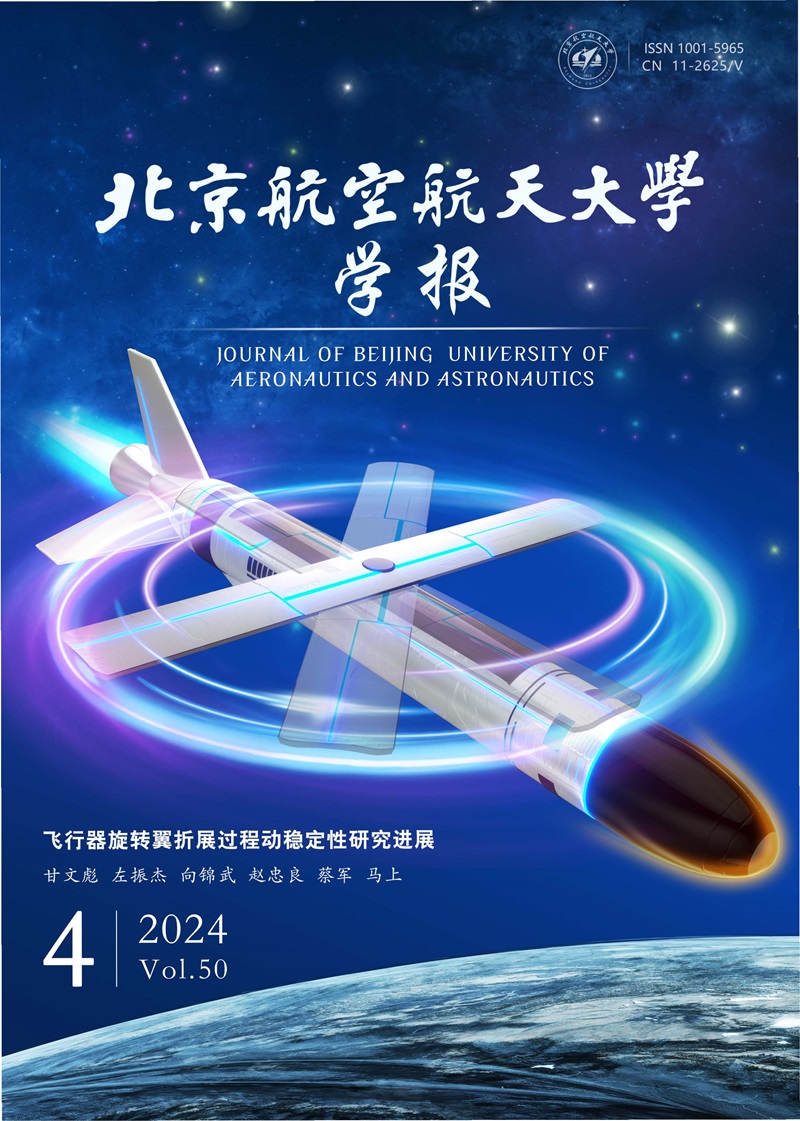2005 Vol. 31, No. 08
2005, 31(08): 839-842.
Abstract:
2005, 31(08): 848-852.
Abstract:
2005, 31(08): 869-873.
Abstract:
2005, 31(08): 893-898.
Abstract:
2005, 31(08): 899-903.
Abstract:
2005, 31(08): 917-920.
Abstract:
2005, 31(08): 930-933.
Abstract:







 XML Online Production Platform
XML Online Production Platform

